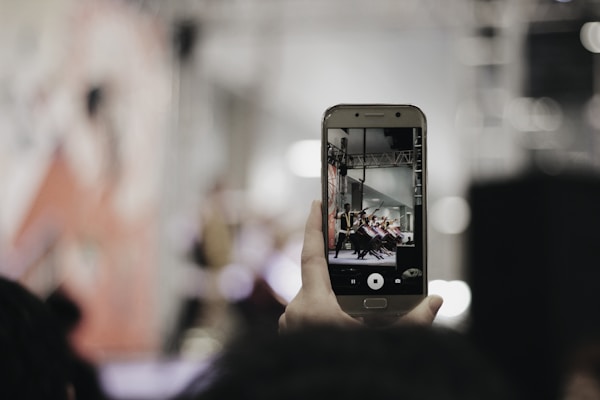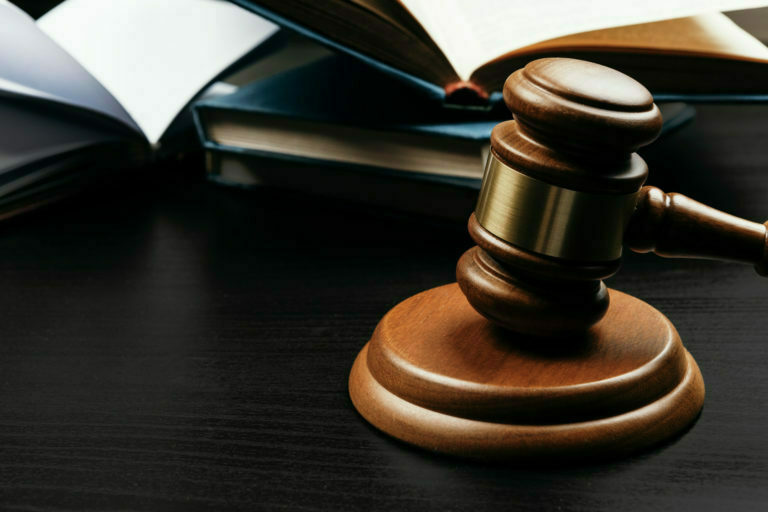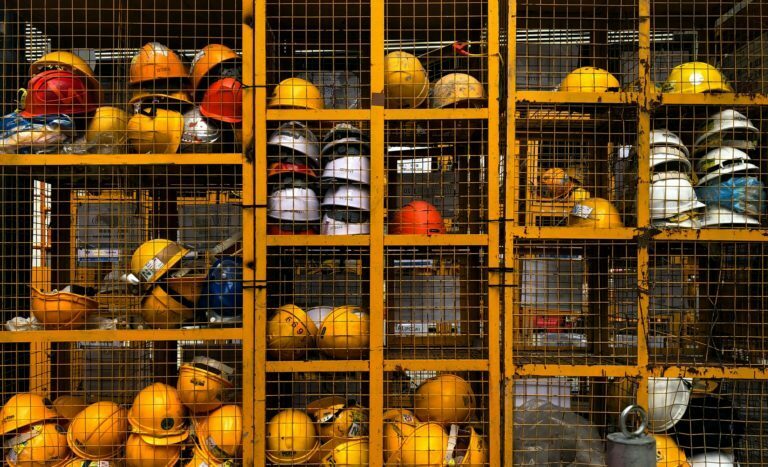The impact of social media on the criminal justice system is vast and far-reaching. Perhaps one of the most obvious ways social media affects criminal justice is through the use of mugshots. Mug shots are now commonly taken and subsequently shared on social media, often before criminal proceedings have even begun. This can be damaging to the individual’s reputation, even if they are ultimately found not guilty of the charge.
Vigilante Justice

Another way social media is affecting criminal justice is by providing a forum for vigilante justice. In some cases, individuals have taken it upon themselves to investigate and expose criminal activity online. This can lead to people being wrongly accused or convicted, as well as other dangers such as mistaken identity.
Evidence
Furthermore, social media is often used as evidence in criminal proceedings. The use of social media in trials has both pros and cons. On the one hand, social media can be a powerful tool for prosecutors. For example, a prosecutor might be able to use a defendant’s Facebook posts to show that the defendant was angry and had a motive to commit the crime. Or, a prosecutor might be able to use a victim’s Instagram posts to show that the victim was planning to go on vacation and was not fearful of the defendant.
On the other hand, social media can also be a powerful tool for defense attorneys. For example, a defense attorney might be able to use a defendant’s Facebook posts to show that the defendant was at a different location at the time of the crime. Or, a defense attorney might be able to use a victim’s Instagram posts to show that the victim was not actually fearful of the defendant.
Additional Context

Law enforcement officials can use social media to track the activities of criminals, which can help to identify and apprehend them. In addition, social media can be used to alert the public about criminal activity in their area. For example, the police department in Los Angeles created a social media account that alerts the public about crime in their area. By using social media, law enforcement officials can improve communication with the public and help to keep them safe.
Law enforcement agencies have been utilizing social media sites to gather information on crimes and criminals for quite some time now. In many cases, this information is used to identify and/or track down suspects, as well as to gain a better understanding of what is happening in the community. Everyday users can also benefit from being more aware of criminal activity in their area, and knowing what to look for on social media.
While law enforcement agencies have been utilizing social media to gather information on crimes for some time now, everyday users can also benefit from being more aware of criminal activity in their area.
New Kinds of Crime
Some of the most common types of crime that occur on social media include cybercrime, fraud, and harassment.
Cybercrime is the act of committing a crime using a computer or other electronic device. This can include a variety of crimes, such as hacking, identity theft, and fraud. Fraud is the act of deceiving someone for financial gain. This can include schemes such as phishing, which is the act of sending fraudulent emails in order to obtain personal information from the recipient. Harassment is the act of annoying or threatening someone in a repeated or persistent way. This can include sending unwanted messages, posts, or calls.
Cybercrime can have a serious impact on victims, both financially and emotionally. The crime can result in the theft of money, personal information, or other sensitive data. This can leave victims vulnerable to identity theft and other financial crimes. Victims of cybercrime may also suffer from emotional distress, such as anxiety or depression.
Overall, social media has had a significant impact on the criminal justice system. While there are both positive and negative aspects to this impact, it is clear that social media is here to stay.






